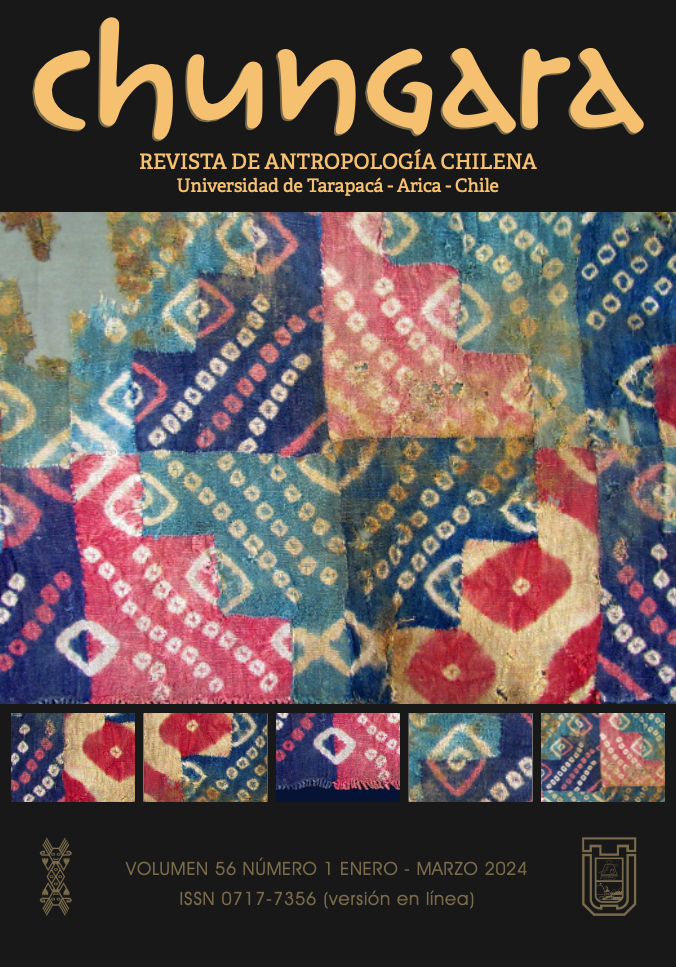20225502(en)/10 - Becoming Object, Becoming Subject. Sentient Materialities in Amerindian Ethnography
BECOMING OBJECT, BECOMING SUBJECT. SENTIENT MATERIALITIES IN AMERINDIAN ETHNOGRAPHY
DEVENIR OBJETO, DEVENIR SUJETO. MATERIALIDADES SENSIBLES EN LA ETNOGRAFÍA AMERINDIA
Antonela Dos Santos, Emilio Robledo, Gabriel Rodrigues Lopes, Sonia Sarra, Valentín Mansilla, Maximiliano Varela, Rodrigo Porsella, Celeste Medrano y Florencia Tola
In this paper, we use the ethnographic material from our anthropological research among various Indigenous peoples of Argentina and Brazil to reflect on the scope and limitations of terms such as “material culture”, “object”, “thing”, or “artifact”. We begin by describing the assumptions and characteristics of each of these terms. We then present ritual artifact bodies and the Amerindian conceptualization of the body as an object of constant production and transformation in which humans and non-humans intervene. These reflections lead us to argue that if the human body is a collectively produced object, then the distinction between subject and object must be discussed. Finally, we ask what the objects produce, that is, what are the effects of their existence on everyday Indigenous life. In the Amerindian contexts in which we conduct our research, different items are conceptualized as things, subjects, or objects depending on the interactions of which they are a part. In fact, categories such as “object” and “subject” do not have an invariable content but vary according to the specific relationships that need to be described as ethnographic.







